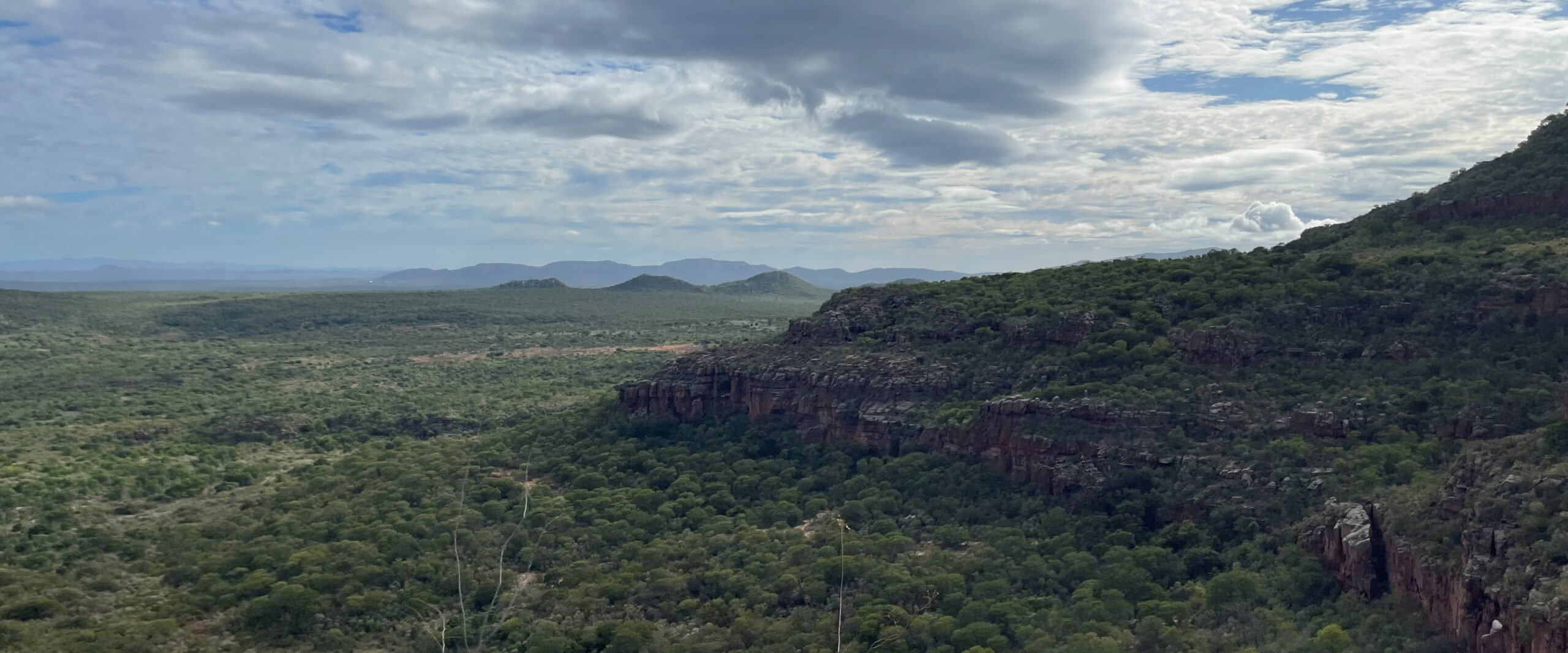
Edward Guiliano Global Fellows: Culture Across Continents
Between May and September, seven New York Tech students were busy traveling the world for their academic research projects. Thanks to the university’s Edward Guiliano Global Fellowship program, these scholars were able to travel within the country and to international locations including Brazil, Singapore, and Greece.
Since 2014, more than 200 students have benefited from these high-level research trips that link academic studies with a broader world perspective. Scholarships of $750 – $5,000 support the journeys that are—by fellowship requirement—at least 200 miles from their home or New York Tech campus.
M.B.A. student Aparna Ranjan Ashtankar will complete her trip at the end of September, but New York Tech News spoke with those who have already returned to learn about their transformative experiences.
Skin Deep
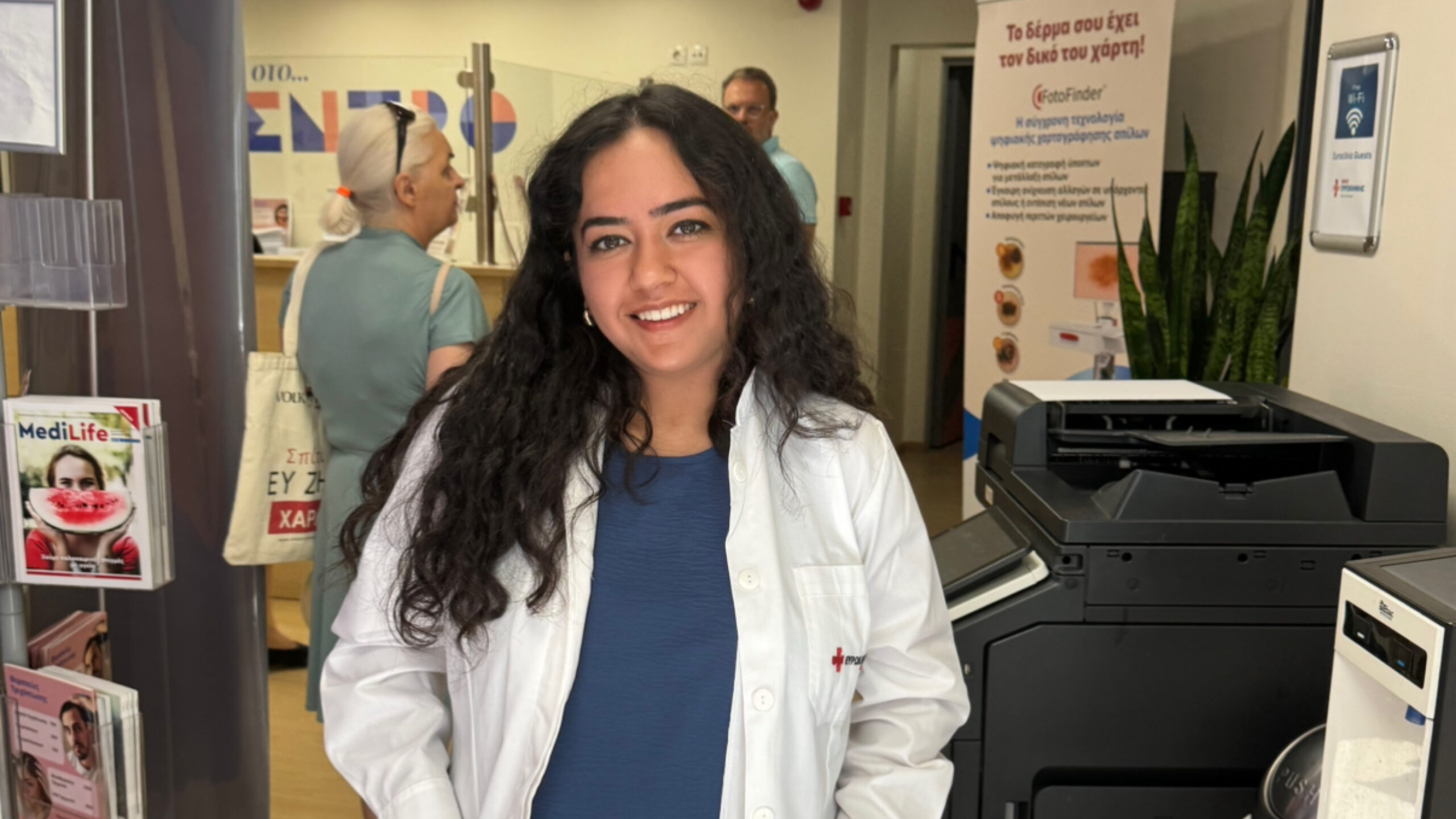
Mahak Sharma, an osteopathic medicine student at NYITCOM-Arkansas, spent 10 days in July in Athens, Greece, for her research project, “Skinthesis.” Centered around dermatology, her research aimed to gain perspective on how prevention, lifestyle, and technology can be combined in everyday dermatology practice. Sharma plans to bring her newfound insights to underserved U.S. communities, where access to specialized care is limited, and help create a more proactive, holistic approach to dermatological care.
During her trip, she observed both general and cosmetic dermatology practices, spoke with physicians and public health leaders, and witnessed modern technology and artificial intelligence (AI) in action. She also took note of the country’s public health initiatives, environmental wellness spaces, and the emphasis on natural skincare and nutrition as complements to medical treatment. With her findings, Sharma hopes to develop an educational platform tailored to rural populations that will provide resources on nutrition, lifestyle, free local screenings, sun safety, accessible skincare practices, and clinical decision support tools.
“Excellent medical care is not defined solely by how quickly a condition is treated,” Sharma says. “It is also by how effectively patients are educated and empowered to address underlying causes and prevent future disease.”
Evolution Evaluation
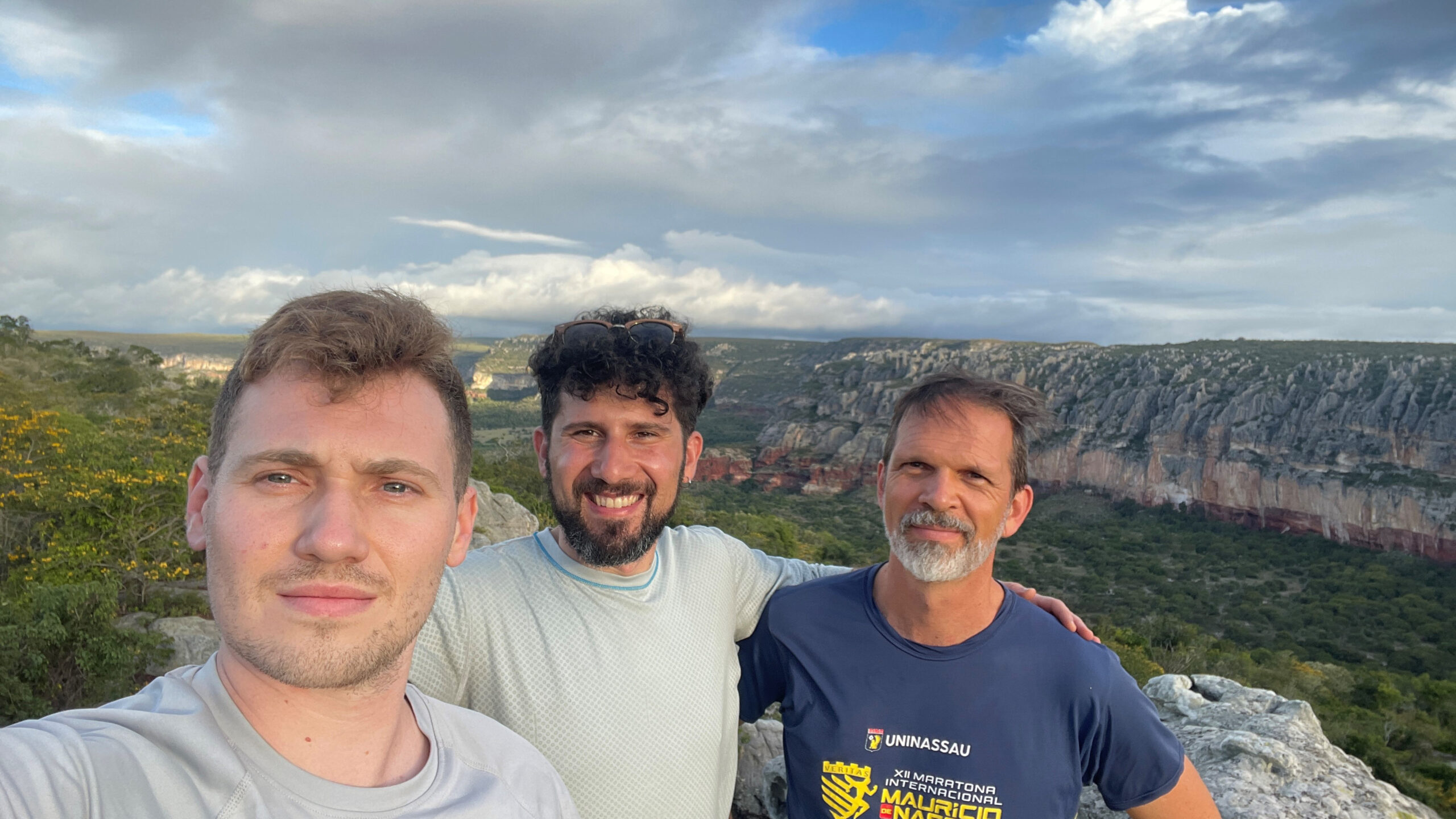
In May, osteopathic medicine student Stratos Kantounis left Long Island to spend 10 days in Recife, Brazil, for his research, “Investigating Calcar Grasping in the Hairy-Legged Vampire Bat.” While bats have extensively modified their morphology for powered flight, this species of bat has secondarily evolved its ability to move on the ground and possibly through trees, he explains. A spur on the bat’s ankle—the calcar—allows it to have these unique movement patterns.
In Catimbau National Park, Kantounis established a biomechanics laboratory with his research mentor and former NYITCOM Assistant Professor of Anatomy Michael Granatosky, Ph.D., and Enrico Bernard, Ph.D., professor of zoology at Universidade Federal de Pernambuco. Together, they sought to collect the first empirical data on the grasping function of the calcar. Through recorded high-resolution pressure data across various locomotor conditions, including walking and climbing, they were able to evaluate whether the calcar, which traditionally supports the tail membrane during flight, has been evolutionarily repurposed for grasping.
“When I first learned about the hairy-legged vampire bat, I was fascinated by the idea that evolution could repurpose anatomy in such a novel way,” Kantounis says. “As a future surgeon and anatomy scholar, understanding how structure supports function in diverse species deepens my appreciation for the mechanics of the human body.”
Bottles of Love
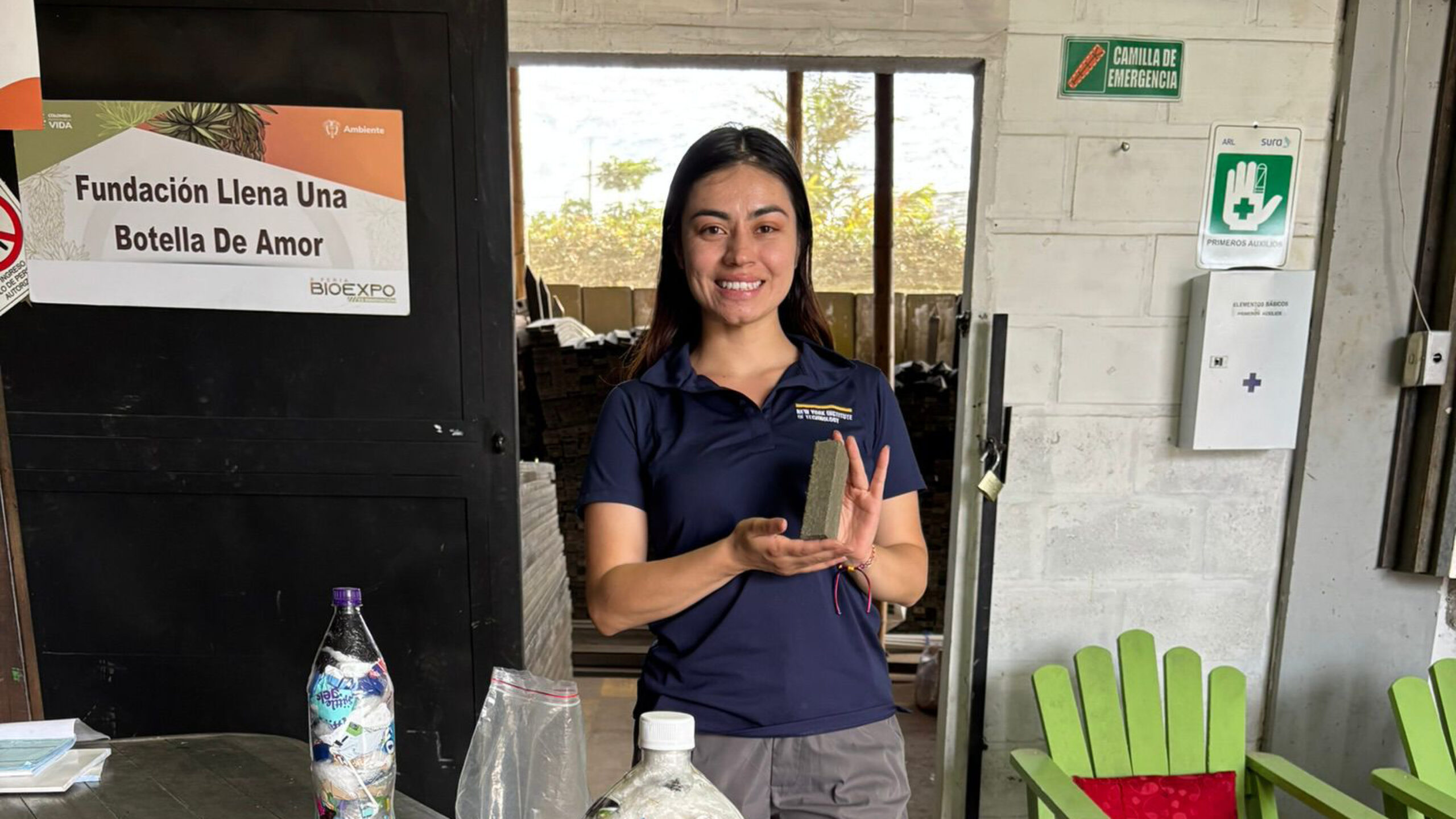
Maria Fernanda Gonzalez Bautista, an undergraduate architecture student with a minor in graphic design, spent two weeks in July traveling in Medellin and Rionegro, Colombia, for her project, “A Bottle of Love for Community-Driven Design.” In collaboration with Fundación Botellas de Amor, an organization committed to reducing plastic waste, Gonzalez employed site visits, photos, interviews, and process documentation to learn how recycling can be used to build sustainable infrastructure, as well as educate and bring communities together.
Botellas de Amor (Bottles of Love) are made by filling clean plastic bottles with non-recyclable, flexible plastic waste, like wrappers, bags, and packaging, Gonzalez explains. Tight compaction of these materials inside the bottles maximizes space and reduces volume. Once collected, these filled bottles are taken to a processing facility, where the plastic is extracted and transformed into durable recycled plastic lumber. This material is then used to build furniture, classrooms, parks, and even homes for communities in need, diverting waste from landfills and fostering environmental responsibility, pride, and agency.
“The mission of the foundation aligns with my values of sustainability, innovation, and social impact,” Gonzalez says. “My research in Colombia reflects the kind of architect I aspire to be: One who uses design to serve real communities, especially those often overlooked by traditional systems.”
AI and Agriculture
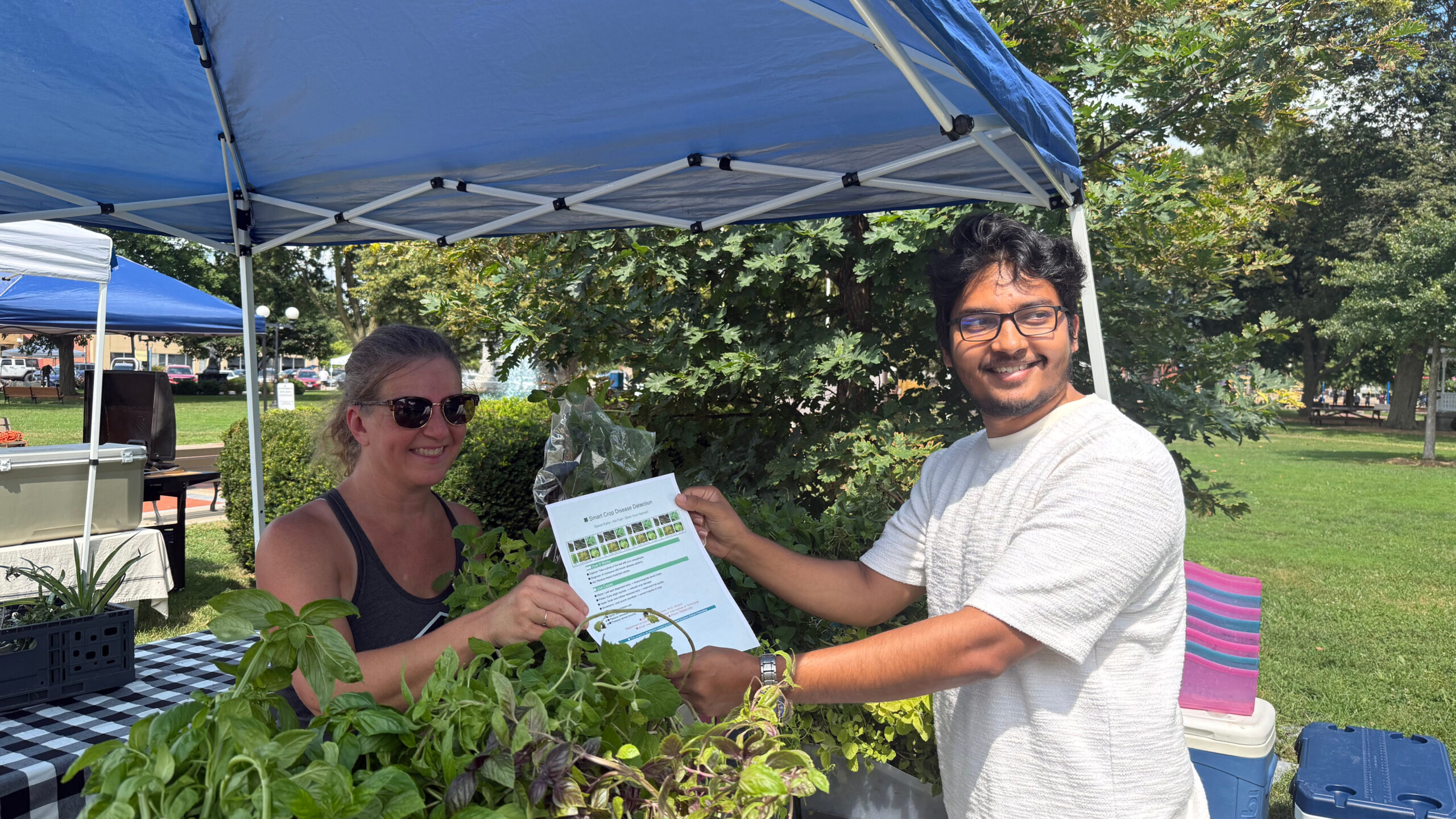
Ph.D. candidate in computer science Md Kamrul Siam spent several days in August visiting Western Illinois for his research initiative, “Empowering Rural Farmers: AI-Driven Plant Disease Prevention.” His journey took him to a farmer’s market in Macomb and to Amish farms in Colchester, where he provided local farmers with access to digital tools that facilitate early detection of crop disease and enable preventative measures.
Aiming to connect AI with sustainable agriculture practices, such as decreasing crop loss and pesticide reliance, Siam demonstrated AI’s ability to diagnose crop health using leaf photos and held training sessions for farmers interested in using such tools on their mobile devices. He emphasized the prospective integration of AI applications into daily activities, ranging from inspecting plant foliage during field excursions to facilitating informed decisions prior to pesticide application. Siam says farmers concurred that this technology may yield tangible advantages in real time, like being able to identify infections prior to their proliferation and potentially avoiding the economic repercussions of crop loss due to undiscovered problems.
“By combining advanced machine learning models with the hands-on experience of farmers, my project shows how academic research can be turned into useful and easy-to-use tools for those in agriculture,” Siam reflects.
What’s Ancient is Not Lost
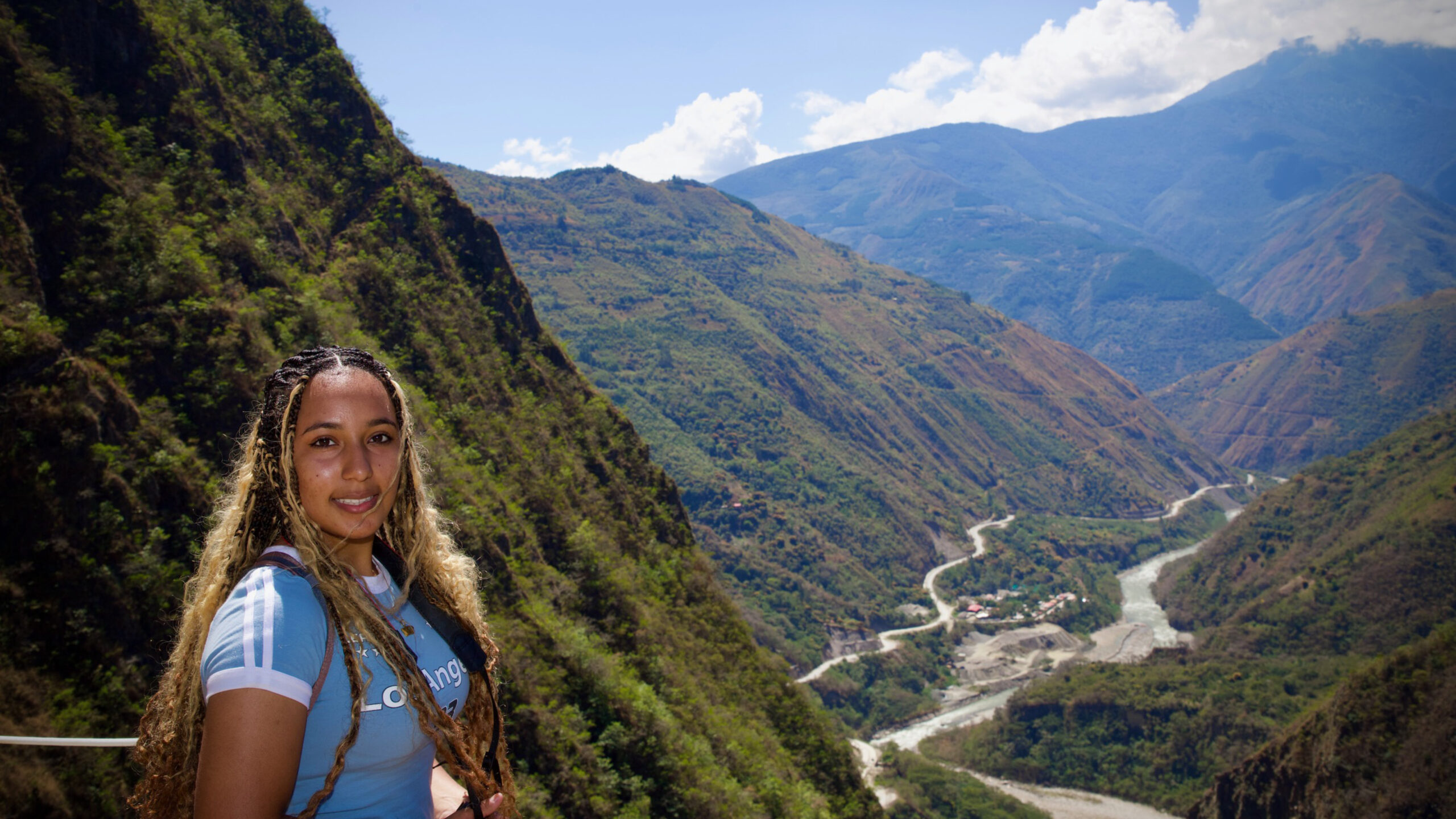
Mechanical engineering undergraduate Janaya Inés Cover spent two and a half weeks in Puerto Rico and Peru for her project, “Resilient by Design: Indigenous Engineering Across Land, Sea, and Time.” Visiting areas where locals work to preserve oral histories, ancestral techniques, and interpretations that often aren’t included in academic texts, she sought to document engineering practices, understand their cultural significance, and evaluate preservation efforts. She also desired to challenge the commonly taught “discovery” narrative, emphasizing that ancient sites were never lost to locals, just found by man much later.
Cover studied the histories of two indigenous groups—the Inca (Peru) and Taíno (Puerto Rico). Through site visits, photography, and engaging with locals, she discovered that while Inca heritage is tightly safeguarded, Puerto Rico struggles with Taíno sites’ neglect, and community members are concerned with losing their history. Her project uncovered the disconnect between words and actions in Taíno culture preservation. Puerto Rico, home of the most significant Taíno heritage sites, has many government officials and citizens who claim pride in their ancestry, but do little to conserve historical areas. Her work also revealed how ancient civilizations approached resilience, sustainability, and adaptation with concepts that have inspired engineering techniques used today.
“This work matters deeply to me as both an engineering student and someone reconnecting with heritage,” Cover says. “I left with a stronger conviction that engineering is not just about mechanics, but also about context, culture, and respect for those who came before us.”
The Nature of Architecture
With his graduation one year away, undergraduate architecture student Joao Gabriel Favale spent all of August traveling through China, Singapore, and Japan for his research, “Breathing Cities: Reconnecting the Built and Natural Worlds.” On the other side of the globe, Favale explored the connections between the built and natural worlds as he intended to learn how other societies use architecture to integrate nature into the urban environment. He also sought to understand how local traditions, materials, and climates shape architectural design.
Through local interviews, sketches, photos, and written reflections on architectural features and design principles, Favale compiled findings that he will turn into a book, enabling both himself and others to discover new approaches to solving urban challenges. He hopes to encourage more efficient critical thinking, as well as grow the number of designers who can contribute to a better world through sustainable architecture that meaningfully integrates nature into the built environment and enhances human experiences.
“Many of my projects explore how to bring nature into architecture,” Favale says. “This opportunity has given me insight and inspiration to create a thesis project that reflects both innovative thinking and my deep connection to nature.”
Future Travels
For three weeks in September, M.B.A. student Ashtankar will return to her home country, India, where she will visit Mumbai and Ahmedabad for her project, “Circular Fabric: A Sustainable Textile Upcycling Initiative.” While in these two major textile hub cities, she plans to build a complete upcycling ecosystem. That is, collecting discarded fabrics to turn them into sellable products. Her goals include collecting textile waste, speaking with artisans about upcycling techniques, and launching a small e-commerce platform to test the market for upcycled products. She is actively researching how technologies like AI and blockchain could be used to increase fabric sorting efficiency and supply chain transparency.
Students are selected for the Edward Guiliano Global Fellowship program based on their applications, including the following metrics: the project’s purpose, goals, and methods; creativity; transformative potential; intended effect; and budget proposal.
The next cohort of selected students will complete their travels between December 2025 and June 2026. Interested students may submit their project proposal by November 7.
More News

Brands Must Balance AI and Authenticity
As consumer behavior expert Colleen Kirk, D.P.S., explains, in 2026, marketers leveraging AI must remember to prioritize genuine connections and transparency.
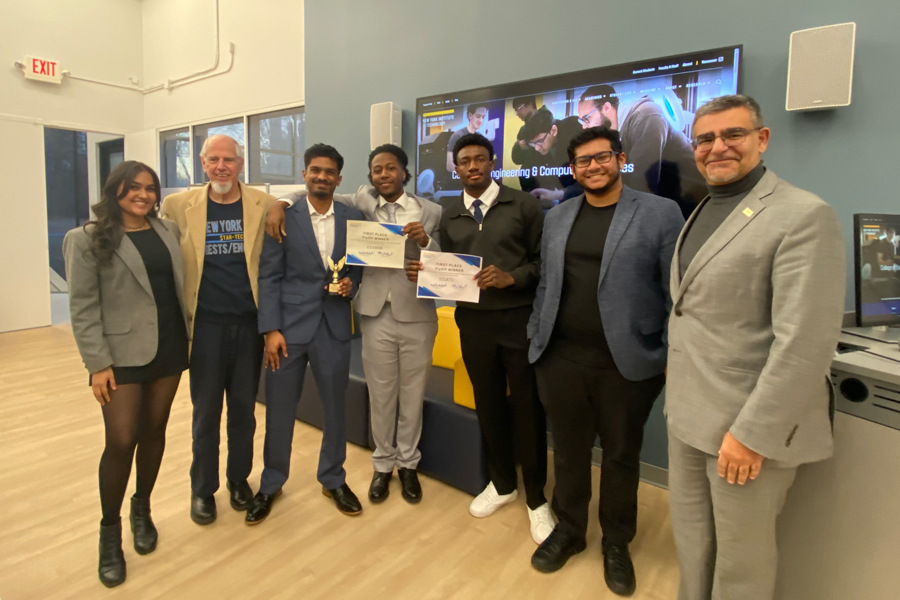
Student Entrepreneurs Share Big Ideas
Students gathered at the Innovation and Entrepreneurship Academy’s Startup Tech Central to present their startup companies at the third NESTS FlyOff event.

Intern Insight: Ananya More
When graduate computer science student Ananya More secured an internship with the MTA, she gained the opportunity to work with data for the largest subway system in the United States.
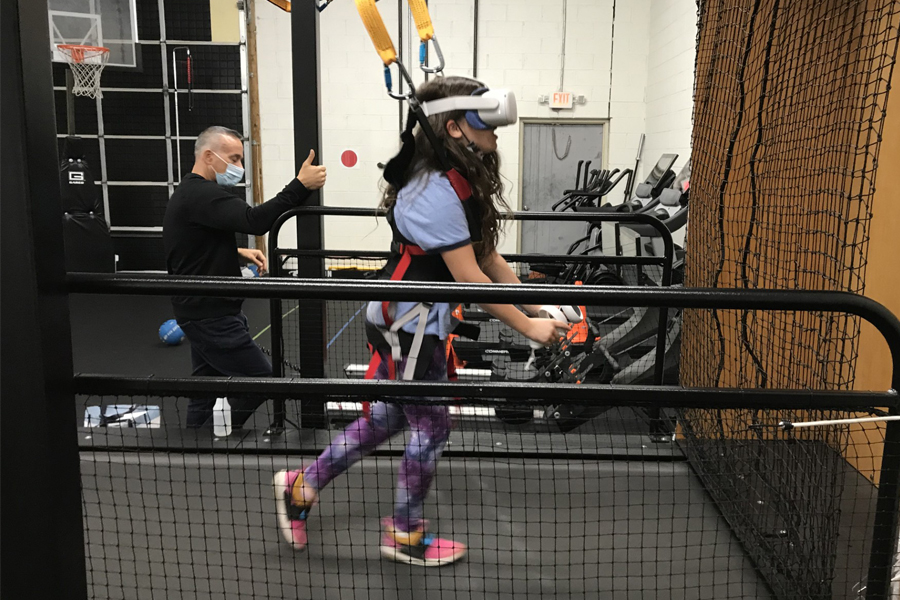
Study: VR Helps Children With Autism Participate in Exercise and Sports
A new study by researchers from the School of Health Professions and College of Osteopathic Medicine demonstrates how virtual reality (VR) can help children with autism spectrum disorder participate in exercise.
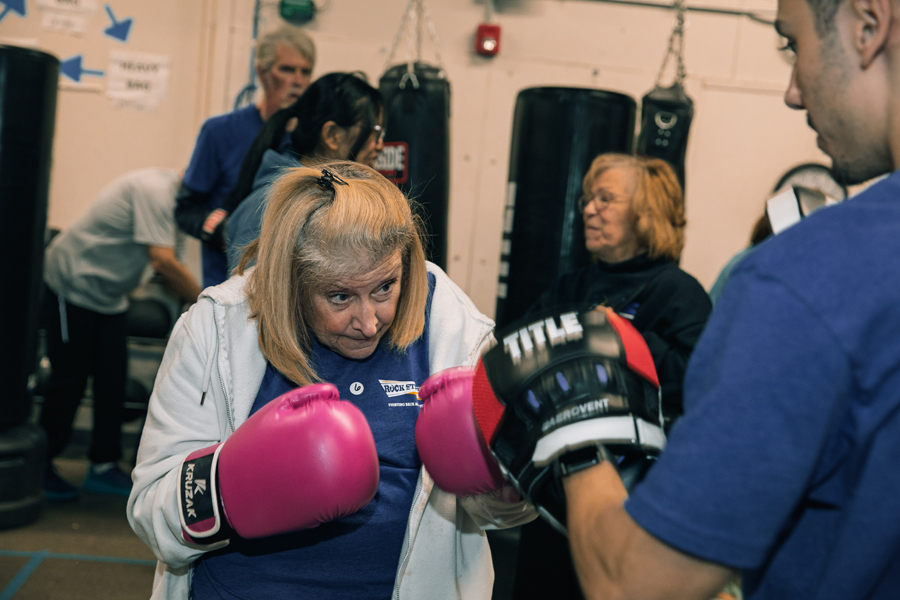
Boxers Fight Back Against Parkinson’s Disease
A holiday “boxathon” hosted by NYITCOM’s Parkinson’s Center raised awareness for the disease and the importance of exercise in treatment, while bringing members of the Rock Steady Boxing community together at a time when patients may experience loneliness and isolation.
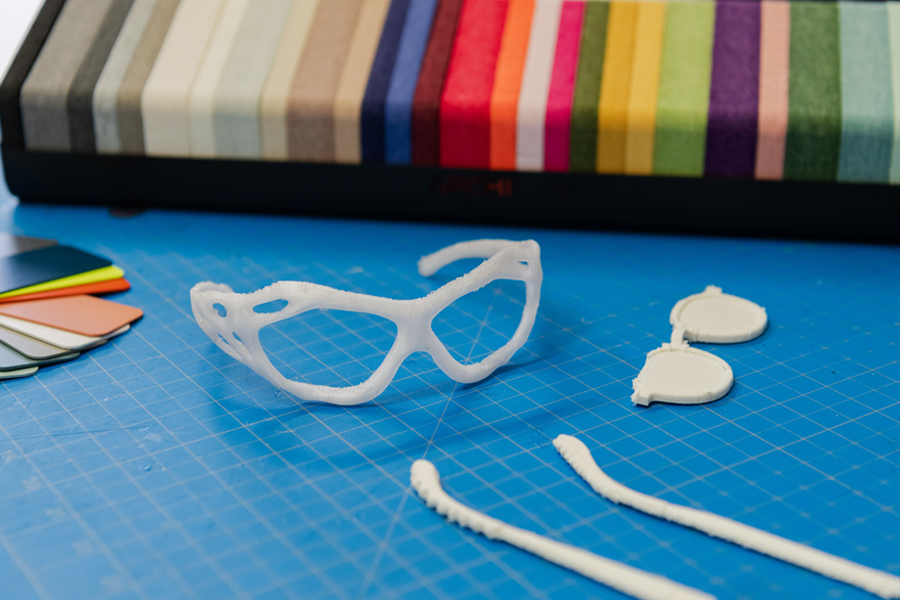
“Envisioning” More Inclusive Eyewear
As part of a collaborative initiative between New York Tech and the global eyewear company Marcolin, students from the School of Architecture and Design and NYITCOM teamed up to develop potential eyewear solutions for neurodivergent populations.